Proper lifting techniques for your back
Preventing back injuries can be a major challenge for some employers. According to the Bureau of Labor Statistics (BLS), overexertion was the nation’s leading event or exposure leading to an injury or illness in the workplace, accounting for 34% of all workplace injuries or illnesses. BLS also showed that the back was the leading body part affected, making up 18.2% of total cases. Although no approach has completely eliminated back injuries, incorporating an effective control program along with an analysis and design of work tasks could minimize a substantial portion.
How to Lift Safely
Before lifting, take a moment to think about what you are about to do. Examine the object for sharp corners, slippery spots or other potential hazards. Know your limit and do not try to exceed it. Ask for help if needed, or if possible, divide the load to make it lighter. Know where you are going to set the item down and make sure the destination and your paths are free of obstructions.
Follow these steps:
1. Stand close to the load with your feet spread shoulder width apart. One foot should be slightly in front of the other for balance.
2. Squat down, bending at the knees (not your waist). Tuck your chin while keeping your back as vertical as possible.
3. Get a firm grasp of the object before beginning the lift.
4. Slowly begin straightening your legs, lifting slowly. Never twist your body during this step.
5. Once the lift is complete, keep the object as close to the body as possible. If the load’s center of gravity moves away from your body, there is a dramatic increase in stress to the lumbar region of the back.
If you must turn while carrying the load, turn using your feet, not your torso. To place the object below the level of your waist, follow the same procedures in reverse order. Remember to keep your back as vertical as possible, and bend at the knees. To evaluate someone’s lifting habits, consider the following variables: frequency of lifting, duration of such activities and type of lifting, as well as the worker’s state of health, body size, age, and general physical fitness.


